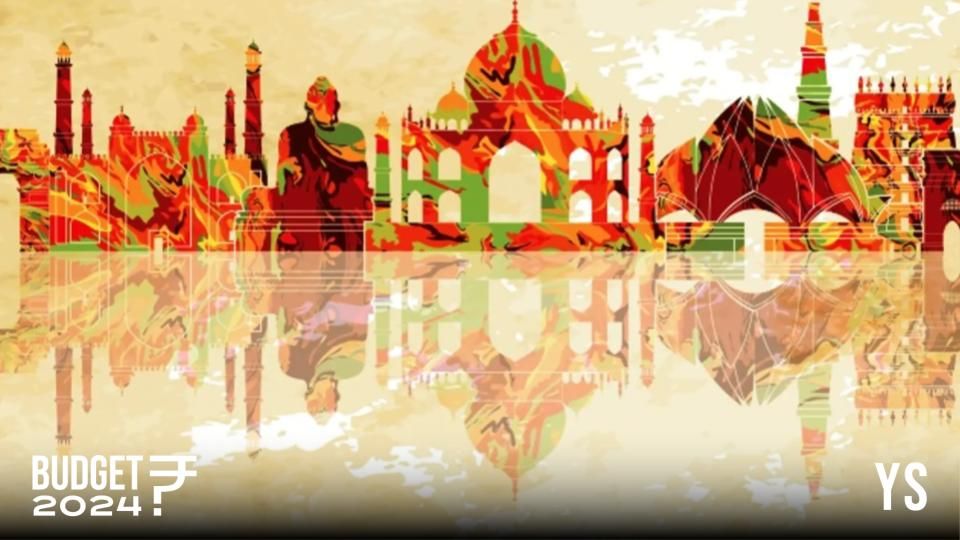
Post the COVID-19 pandemic, the travel and tourism sectors have made steady growth, but it has come with its set of changes.
Travellers have acquainted themselves with travel-related digital platforms for ease of use. In fact, with their disposable income increasing, especially the Indian middle-class population, more people are travelling to their dream destinations.
Further, visa-free destinations have recently become popular among Indians for international getaways. Also, a shift is happening from gathering material pleasure to making memories.
“We have seen flight searches to popular visa-free destinations like Thailand, Malaysia and Mauritius have increased by 50-80% in June this year compared to February 2024,” says Aloke Bajpai, Chairman, Managing Director and Group CEO of .
The Gurugram-based online travel aggregator, founded by Aloke Bajpai and Rajnish Kumar in 2007, listed its shares on Indian bourses in June 2024.
In fact, travel to neighbouring countries such as Bhutan and Nepal recorded a significant uptick of over 100%, highlighting the growing preference among Indian travellers for accessible and visa-friendly destinations.
Bajpai highlights that air travel in India has surpassed pre-COVID levels compared to the United States, Canada, and Australia, where passenger traffic has just reached or is still below pre-COVID levels.
Another notable post-pandemic trend is staycations, says ixigo’s founder, where people stay at luxurious hotels for a stress-free getaway. The concept of workcations, which emerged during the pandemic, is still popular in non-Tier I cities.
Meanwhile, responsible tourism is on the rise, with travellers increasingly concerned about the social and ecological impact of their spending and destination choices.
Domestic travel
, the NASDAQ-listed travel company, witnessed a growth of 45% in travel-related searches compared to 2019 on its platform.
A sustained focus on improving road, rail, and air connectivity has boosted local tourism and seen the emergence of new tourist places, especially in rural and semi-urban India.
Also, India’s rich tradition of Ayurveda, yoga, and naturopathy, combined with its spiritual heritage, attracts travellers for wellness retreats.
“Spiritual travel has become more popular, with many travellers seeking inner peace and self-discovery through visits to pilgrimage sites, yoga, and meditation retreats, and participation in spiritual festivals,” believes Nishant Pitti, Co-founder of EaseMyTrip.
EaseMyTrip, the Delhi-based travel company, sailed straight from bootstrapping to the bourses without raising external funds from venture capitalists or private equity.
Gurugram-headquartered hospitality firm OYO claims to see a major spike in demand for destinations such as Ayodhya, Varanasi, Amritsar, Tirupati, and Puri, among others.
“We launched 65 properties in Ayodhya earlier this year and are committed to adding several more across popular pilgrimage sites by the end of the year,” says Ritesh Agarwal, Founder and Group CEO of OYO.
Budget expectations
Last month, the President of the Federation of Hotel and Restaurant Associations of India (FHRAI), Pradeep Shetty, met and discussed the sector’s budget expectations with Finance Minister Nirmala Sitharaman.
He put forth the idea of the government granting infrastructure status for hotels across categories and convention centres built at a project cost of Rs 10 crore and above to give a fillip to the hotel industry. In its pre-budget recommendation, FHRAI also proposed a 12% GST rate across all hotels.
“We urge the government to incentivise states to grant industry status to tourism, fostering sub-sectors and investment. Reconsidering the 12% GST on room tariffs below Rs 1,000 would alleviate rising travel costs,” ’s Agarwal tells YourStory.
He adds, “Introducing a services-linked incentive scheme could boost employment and elevate Indian businesses globally. Additionally, revising archaic laws like the Sarai Act is necessary, as hotels are already regulated by state laws, and the act can be misused against property owners and operators.”
The Sarai Act, 1867, regulates and maintains the provisions of inns, rest houses, and lodging places in India.
The UDAN scheme, a regional airport development and connectivity scheme, has enhanced regional air connectivity, operationalising around 499 new air routes and opening new airports in Ayodhya, Darbhanga, Kullu, and Jamnagar.
“We hope the budget will continue funding infrastructure, technology, and safety measures at existing and new airports in Tier II, III, and IV cities to meet growing demand,” says ixigo’s Bajpai.
He adds, “Additionally, we anticipate a continued focus on rapid road infrastructure development in FY25 to enhance accessibility and last-mile connectivity.”
Pitti also expects the upcoming budget to invest in airport expansions, new air routes, and improved connectivity to boost domestic tourism and job creation and attract international tourists.
“The focus on infrastructure and connectivity promises sustained progress and economic growth,” he adds.
“Allowing TCS credit under Section 206C(1G) to be used against salary income tax would provide relief to taxpayers. Offering tax incentives for eco-friendly measures, such as energy-efficient lighting, water-saving devices, and waste-reduction practices, would encourage the industry to contribute to global goals,” says Rajesh Magow, Co-founder and Group CEO of MakeMyTrip.
Edited by Suman Singh










